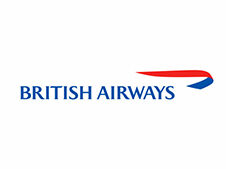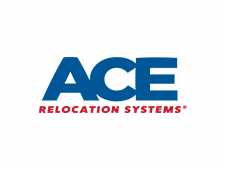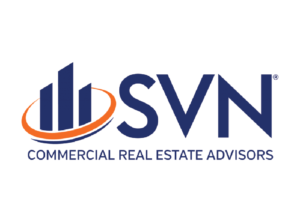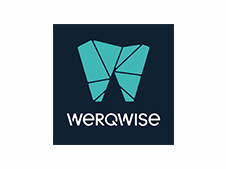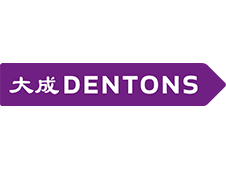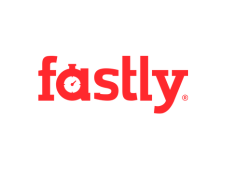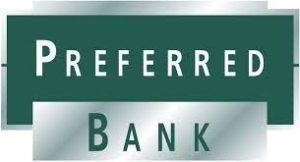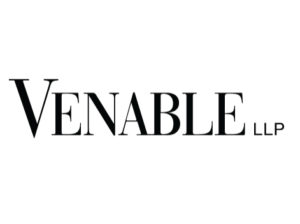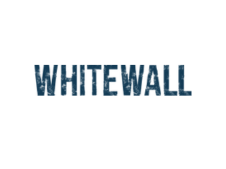Coronavirus Aid, Relief, and Economic Security Act (CARES Act) – Summary of Key Provisions
Dear Clients and Friends,
Please find below a summary of the key changes and stimulus programs available from the CARES act:
Businesses
Net Operation Losses
The bill allows for a five-year carryback of net operating losses (NOLs) arising in 2018, 2019, or 2020 by a business. Businesses will be able to amend or modify tax returns for tax years dating back to 2013 in order to take advantage of the carryback.
The bill also eliminates loss limitation rules applicable to sole proprietors and pass-through entities to allow them to take advantage of the NOL carryback.
Additionally, the bill allows for NOLs arising before January 1, 2021 to fully offset income. Under previous law, NOLs are limited to 80% of taxable income.
Active Business Loss Limitation of Non-Corporate Taxpayers
The limitation pursuant to IRC Sec. 461(l) generally disallows non-corporate taxpayers to take a current deduction for active net business losses in excess of $250,000 ($500,000 for joint filers), and instead treats the excess as a net operating loss carryforward to be potentially used in subsequent years. This limitation has been retroactively suspended and will instead be effective for tax years beginning after December 31, 2020. Accordingly, for tax years beginning before the revised December 31, 2020 effective date, there is no active net business loss limitation.
Business Interest Expense
The limitation pursuant to IRC Sec. 163(j) generally allows business interest expense to be deducted subject to a limit equal to business interest income for the year, plus 30 percent of the taxpayer’s adjusted taxable income for the year. The percentage limitation has been increased from 30 to 50 percent of a taxpayer’s adjusted income for the year for both the 2019 and 2020 tax years. In addition, for computing the limitation for 2020, a Taxpayer may elect to use the adjusted gross income from 2019 (a year in which business income may have been higher).
Qualified Improvement Property
Qualified improvement property is now depreciated over 15 years, and is allowed a 100% deduction in the year placed in service. This change is made as if it was included in the Tax Cuts and Jobs Act, and is thus effective for property acquired and placed in service after September 27, 2017.
Qualified improvement property is generally defined as non-load bearing building leasehold improvements to an interior portion of nonresidential real property.
Employee Retention Credit
Eligible employers (those experiencing a full or partial suspension of business, or a significant decline in gross receipts), can take a credit against employment taxes equal to 50% of qualified wages paid to employees who are not working. Eligible employers with 100 or fewer full-time employees in 2019 may claim the employee retention credit even if their employees are still working.
The credit is available to be claimed on a quarterly basis, but the amount of wages (including health benefits) for which the credit can be claimed is limited to $10,000 in aggregate per employee for all quarters (thus, the credit is a maximum of $5,000 per employee in total). The credit applies to wages paid after March 12, 2020 and before January 1, 2021.
A significant decline in gross receipts is defined as a more than 50% reduction in quarterly gross receipts, measured on a year-over-year basis relative to the corresponding 2019 quarter, with the eligible quarters continuing until the quarter after there is a quarter in which receipts are greater than 80% of the receipts for the corresponding 2019 quarter.
Please see the following link for more information and on the mechanics of how to claim the credit: https://www.irs.gov/newsroom/faqs-employee-retention-credit-under-the-cares-act
Payroll Tax Deferral
Taxpayers are able to defer paying the 6.2% Social Security portion of payroll taxes incurred by employers, and 50% of the equivalent payroll taxes incurred by self-employed persons. These taxes are deferred through the end of 2020, with all 2020 deferred amounts due in two equal installments: one at the end of 2021, and the other at the end of 2022. Deferral is not available if the taxpayer has had debt forgiveness under the CARES Act for certain loans under the Small Business Act, as modified by the CARES Act.
Student Loans Paid by Employers
The bill provides for an exclusion of up to $5,250 from income for payments of an employee’s educational loans. In order for this exclusion to apply, the loan must have been incurred by the employee for the education of the employee. The exclusion only applies for payments made by an employer after March 27, 2020 and before January 1, 2021.
Small Business Loans
Two loan options are available to certain taxpayers:
Paycheck Protection Program (“PPP”)
To participate in the PPP loan program, a business must be an eligible small businesses under the SBA regulations, or a business that employs fewer than 500 employees.
PPP Loans are federally guaranteed loans for small businesses intended for companies to maintain their payroll and certain other costs. The loans are available until June 30, 2020 for eligible businesses, and must be used to cover the costs of:
- Payroll
- Medical and sick leave
- Group healthcare benefits and premiums
- Rent and utilities
- Mortgage interest expense
- Interest on debt previously incurred
The maximum amount that can be borrowed is equal to the lesser of
- $10 million or
- 2.5 times average monthly payroll costs
The PPP loans are unsecured and require no collateral or personal guarantee, and generally carry a favorable interest rate.
A borrower of a PPP loan is eligible for loan forgiveness for amounts spent during the 8-week period after the origination date, subject to providing documentation on costs incurred during the period. The amount of loan forgiveness may be reduced if the borrower reduces the number of employees, or if certain lower-paid employees receive a reduction in compensation, during the 8-week period following the origination of the loan. The reduction in loan forgiveness does not apply if the borrower restores their workforce count and amount of salaries and wages by June 30, 2020.
Forgiven loans will not give rise to cancellation of indebtedness income.
Economic Injury Disaster Loan (“EIDL”) Program
This second loan option for small businesses provides for longer-term loans with favorable borrowing terms. Please note that there are no loan forgiveness provisions applicable to the EIDL program. A business may be eligible for loans under both the PPP and EIDL programs, however they are unable to seek recovery under an EIDL loan for the same costs that are covered by a PPP loan.
To qualify for the EIDL program, the applicant must have suffered “substantial economic injury” from COVID-19. The EIDL program is based upon a businesses’ actual economic injury determined by the Small Business Administration.
Please note that determining whether a business is eligible for one or both of the above loan programs can be complex. We recommend regrouping with a qualified small business loan professional to discuss your businesses’ eligibility and to determine which option is best for your business. We have also attached a checklist and guide published by the U.S. Chamber of Commerce.
More information can also be found on the SBA website here: https://www.sba.gov/page/coronavirus-covid-19-small-business-guidance-loan-resources
Individuals
Enhanced Charitable Contribution Deductions
Individuals making charitable contributions in the 2020 tax year and who do not itemize their deductions are allowed up to a $300 “above-the-line” charitable contribution deduction for cash contributions made to public charities.
For individuals who itemize, the percent-of-adjusted gross income limitation has been increased from 60% to 100% for cash contributions made, generally, to public charities in 2020.
Early Withdrawal from Retirement Plans
The 10% penalty has been temporary suspended for early withdrawals of up to $100,000 from qualified retirement plans (401(k)s, IRAs, etc) for coronavirus-related distributions. A Coronavirus-related distribution is one made during the 2020 calendar year to:
- An individual (or the spouse of an individual) diagnosed with COVID-19 with a CDC-approved test or;
- An individual who experiences adverse financial consequences as a result of quarantine, business closure, layoff, or reduced hours due to the virus.
Income attributable to an early withdrawal is subject to tax over a three-year period, and taxpayers may recontribute the withdrawn amounts to a qualified retirement plan without regard to annual caps on contributions if made within three years.
In addition, all required minimum distributions for 2020 have been suspended, regardless of whether the Taxpayer has been affected by the pandemic.
Recovery Rebate
The act provides for a one-time $1,200 recovery rebate for individuals, which is being treated as an advance refund of a 2020 tax credit. The rebate is $1,200 for single filers or $2,400 for joint filers, with a $500 credit for each child under the age of 17. The rebate amounts are gradually phased out based on adjusted gross income. No rebate is available for single and joint taxpayers with adjusted gross income over $99,000 or $198,000, respectively. The thresholds are based upon adjusted gross income for 2019 if a return for that year has been filed, or 2018 if not. The rebate is not taxable.
The rebate is not available to:
- Nonresident aliens
- Individuals who can be claimed as dependents
- Estates and trusts
- Individuals without Social Security Numbers
A Final Note
We continue to encourage clients to provide us with their tax data at their earliest convenience in order that we can continue to provide you with excellent client service and keep your income tax returns and consulting projects moving forward.
Our team will also actively monitor the state taxing authorities to determine whether the states will fully or partially conform with the temporary federal changes listed above.
Please reach out to us if you have any questions or would like to discuss any part of these changes with us in more detail.



